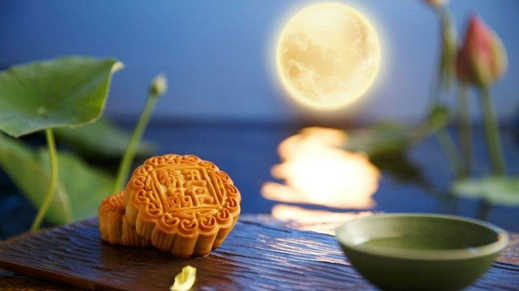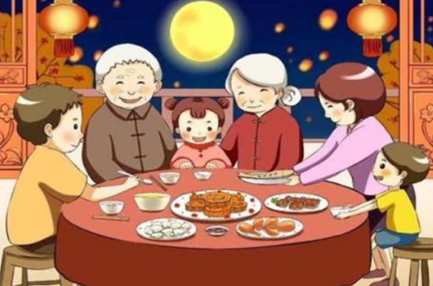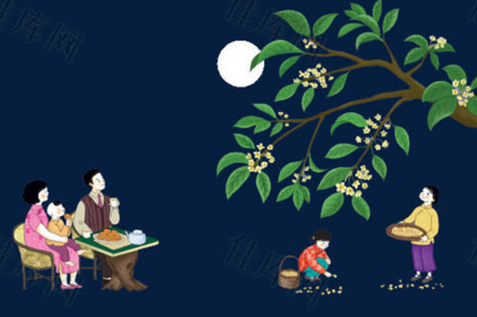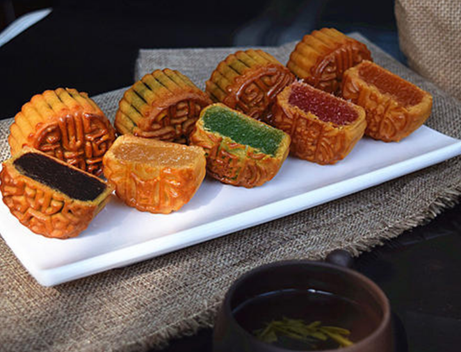The
Mid-Autumn Festival is also known as the Moon Worship Festival, the Moon
Festival and the Reunion Festival. It is one of the traditional Chinese folk
festivals. The Mid-Autumn Festival falls on the 15th day of the eighth lunar
month of each year. Since ancient times, the Mid-Autumn Festival has had folk
customs such as worshipping the moon, admiring the moon, eating moon cakes,
playing with lanterns, admiring osmanthus flowers and drinking osmanthus wine. These
traditional customs of the Mid-Autumn Festival have been passed down till today.
When the Mid-Autumn Festival comes, people return to their hometowns to reunite
with their loved ones. Family members will gather together and eat moon cakes.

The
Mid-Autumn Festival began to prevail in the Song Dynasty. It is a synthesis of
autumn seasonal customs, including festival factors, and most of them have
ancient origins. The Mid-Autumn Festival symbolizes the reunion of family members
and it has become a rich and precious cultural heritage. The Mid-Autumn
Festival, the Spring Festival, the Ching Ming Festival and the Dragon Boat
Festival are called China's four traditional festivals. Influenced by Chinese
culture, some overseas Chinese in East Asia and Southeast Asia also celebrate
this festival.

The
Mid-Autumn Festival was officially recognized as a national holiday in the Tang
Dynasty. The custom of admiring the moon during the Mid-Autumn Festival was
extremely prosperous in Chang'an during the Tang Dynasty. Many famous poets of
the Tang Dynasty wrote a lot of famous poems related to the Mid-Autumn
Festival. Since ancient times, the Mid-Autumn Festival has circulated many
mythological stories, such as Chang'e flying to the moon, Wu Gang cutting the
laurel tree, and jade rabbit pounding medicine. These myths make the Mid-Autumn
Festival full of romance.
It
is said that on the night of the Mid-Autumn Festival, the moon is the closest
to the earth, and the moon is the largest, roundest and brightest, so there has
been a custom of admiring the moon since ancient times. Since osmanthus
blossoms most vigorously in autumn, people will also appreciate osmanthus
during the Mid-Autumn Festival, and use osmanthus to make various foods, such
as osmanthus cake, osmanthus sugar and so on. In addition, osmanthus is also
used to make wine.

Due
to the differences in geographic location and climate, people in different
places have different eating habits. Therefore, there are many types and
flavors of moon cakes. You can choose any one you like. Mooncakes are mainly
divided into four main schools: Cantonese style, Su style, Beijing style and
Dian style. There are many flavors of mooncakes, which can be divided into
sweet, salty, salty and sweet, and spicy. Moon cakes are divided into
osmanthus, plum dried vegetables, five kernels, red bean paste, rose, lotus
paste, rock sugar, ginkgo, meat floss, black sesame, ham moon cake, egg yolk
moon cake, etc.

Comment Cancel reply